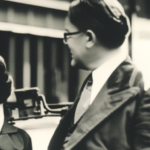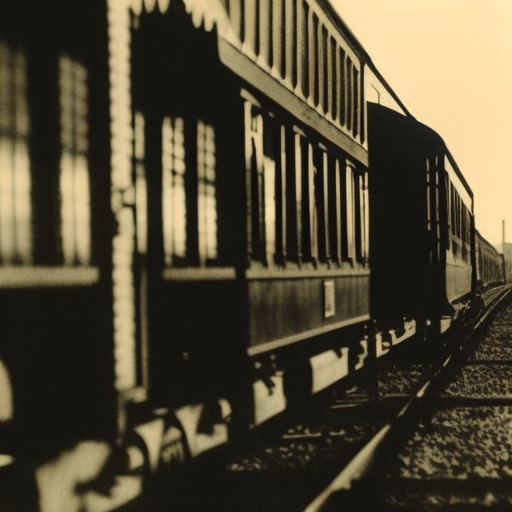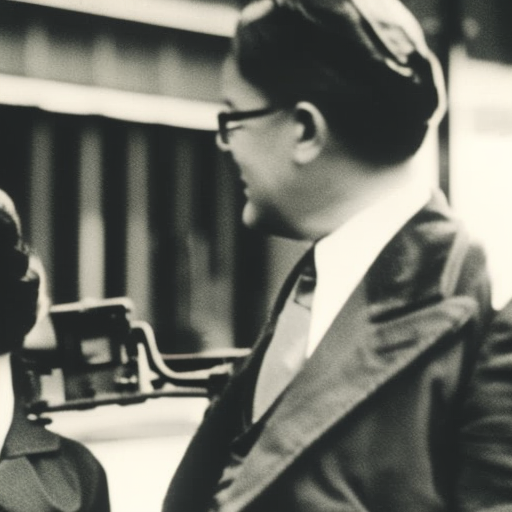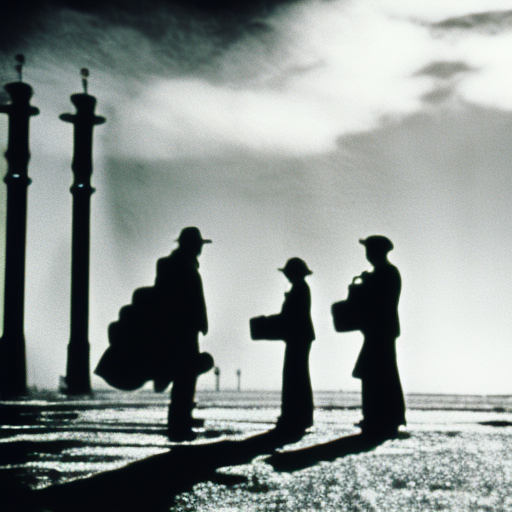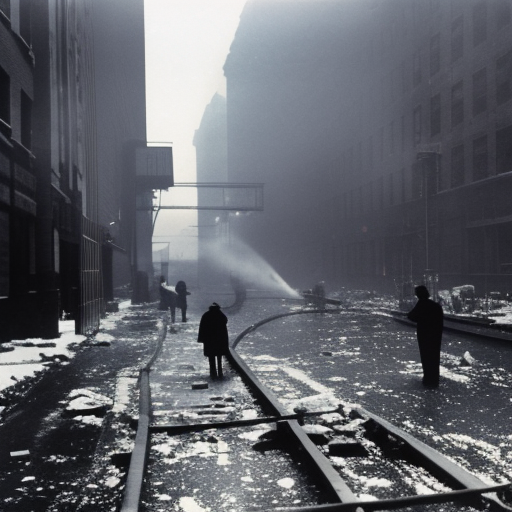The Pullman Strike (1894)
The Pullman Strike of 1894 was a major labor conflict in the United States that involved the Pullman Company, a manufacturer of luxury railroad cars, and its workers. The strike was a response to wage cuts and poor working conditions imposed by the company during an economic downturn.
Background:
The Pullman Company, led by its founder George Pullman, was known for its innovative sleeping cars that provided luxurious travel accommodations for passengers. The company also built a model town, named Pullman, near Chicago, where its workers lived. The town was designed to be self-contained, with housing, schools, and other amenities provided by the company.
However, the workers in Pullman faced several issues. The company maintained strict control over their lives, including their housing, and charged high rents. Additionally, the workers were paid in company scrip, a form of currency only redeemable at company-owned stores, which resulted in high prices for goods.
The Strike:
In 1893, the United States experienced a severe economic depression, leading to a decline in demand for Pullman’s luxury cars. To cut costs, the company reduced wages by 25-40% but did not lower rents or prices in the company stores. This led to a significant decrease in the workers’ standard of living.
In response to these wage cuts, the workers organized a strike on May 11, 1894. Led by Eugene V. Debs, the president of the American Railway Union (ARU), approximately 4,000 Pullman workers walked off the job. The strike quickly spread across the country, as other railroad workers refused to handle trains carrying Pullman cars.
The Government’s Response:
The strike disrupted rail traffic and had a significant impact on the transportation of goods and mail. President Grover Cleveland, under pressure to restore order, took action against the striking workers. He declared the strike a threat to public safety and ordered federal troops to intervene.
The use of federal troops to suppress the strike was controversial. Many believed that the government was siding with the company against the workers. The troops clashed with the strikers, resulting in violence and several deaths. The strike was ultimately broken, and the leaders of the ARU, including Debs, were arrested and charged with violating a court injunction against the strike.
Legacy:
The Pullman Strike had a lasting impact on labor relations in the United States. It highlighted the power imbalance between workers and employers and the need for workers’ rights and protections. The strike also led to increased support for the labor movement and the creation of Labor Day as a national holiday.
Furthermore, the legal issues arising from the strike set important precedents. The Supreme Court ruled in the case of In re Debs that the federal government had the authority to intervene in labor disputes to protect interstate commerce. This decision expanded the power of the federal government in labor matters.
In conclusion, the Pullman Strike of 1894 was a significant event in American labor history. It brought attention to the struggles of workers and the need for fair wages and working conditions. The strike’s impact on labor relations and the expansion of federal power in labor disputes continue to be felt to this day.


